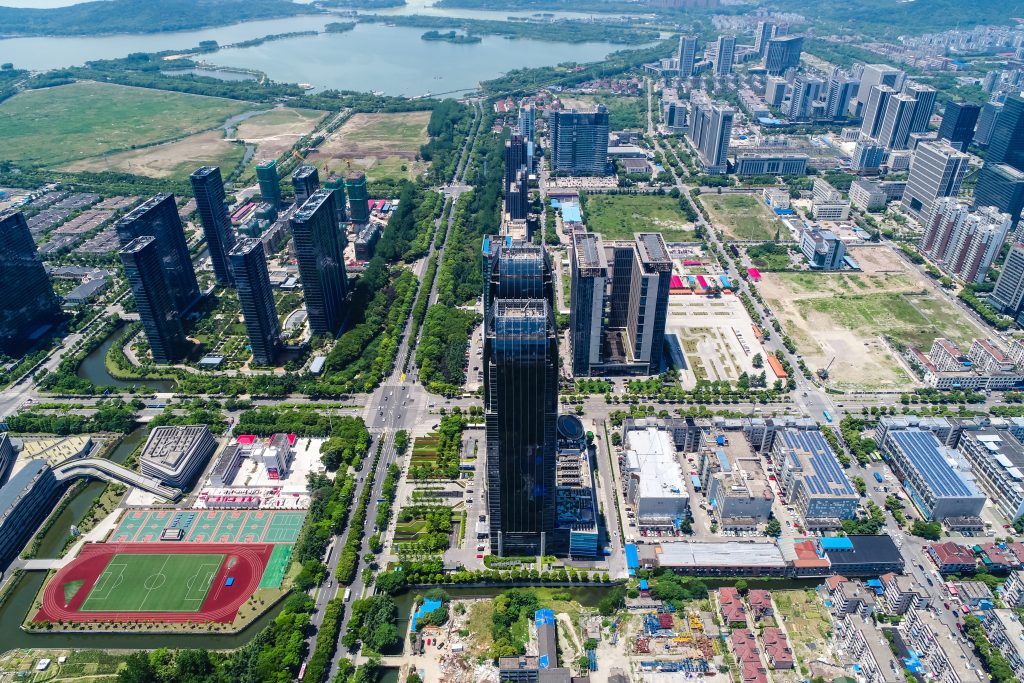The Chennai-Bengaluru Industrial Corridor (CBIC) is a massive infrastructure project designed to boost industrial development and regional integration in South India. It aims to create a thriving industrial belt connecting the major cities of Chennai, Tamil Nadu, and Bengaluru, Karnataka. Here’s a quick breakdown:
Key Points:
- Connects Major Cities: Chennai and Bengaluru, two of South India’s economic powerhouses.
- Length: Approximately 500 kilometers.
- Nodes: Strategic industrial hubs along the corridor with a focus on specific sectors.
- Benefits: Improved connectivity, job creation, infrastructure development, and economic diversification.
- Current Status: Under development, with several operational nodes attracting investments.
Think of it as a giant economic zone stretching between Chennai and Bengaluru, fostering industrial activity and attracting businesses. It’s like a well-connected highway with designated zones for different industries to flourish.
Here are some additional details to remember:
- The project involves building highways, railways, and dedicated freight corridors to ensure smooth movement of goods and people.
- The CBIC is strategically located near major ports like Chennai, Krishnapatnam, and Ennore, promoting efficient logistics.
- It’s a Public-Private Partnership (PPP) initiative, with both government and private entities contributing to its development.
The CBIC holds immense potential to:
- Attract significant domestic and foreign investments.
- Create a conducive environment for new industries to establish themselves.
- Strengthen South India’s position as a global industrial hub.

Routes and Nodes: Building a Connected Corridor

source: Wikimedia commons
The Chennai-Bengaluru Industrial Corridor stretches across approximately 500 kilometers, encompassing several key industrial hubs and urban centers. The corridor is broadly divided into three sections:
| Section | Route | Length (Approx.) |
|---|---|---|
| Chennai – Tumakuru | Chennai – Sriperumbudur – Poonaipanthangal – Ranipet – Vellore – Chittoor – Bangarupalem – Palamaner – Bangarpet – Hoskote – Tumakuru | 260 km |
| Tumakuru – Krishnapatnam | Tumakuru – Anantapur – Nandyal – Krishnapatnam | 180 km |
| Krishnapatnam – Chennai (Planned Extension) | Krishnapatnam – Ongole – Nellore – Chennai | (Details under development) |
Nodal Points: Powering Regional Growth
The CBIC is strategically dotted with several industrial nodes designed to attract investments and foster industrial development. Here’s a detailed breakdown of the key nodes:
| Node | State | Focus Area | Current Status |
|---|---|---|---|
| Ponneri | Tamil Nadu | Engineering Components Manufacturing, Logistics, Warehousing | Under Development |
| Oragadam | Tamil Nadu | Automobile, Electronics, IT | Operational |
| Sriperumbudur | Tamil Nadu | Automobile, Manufacturing, Pharmaceuticals | Operational |
| SIPCOT Industrial Park – Oragadam | Tamil Nadu | Multi-product SEZ | Operational |
| Gummidipoondi | Tamil Nadu | Petrochemicals, Pharmaceuticals | Land Acquisition Ongoing |
| Tumakuru | Karnataka | Aerospace, IT, Biotechnology | Operational |
| Krishnapatnam | Andhra Pradesh | Port Development, Petrochemicals, Power | Operational |
For more information visit the CBIC project and Node
Benefits and Importance: Unlocking Economic Potential
The Chennai-Bengaluru Industrial Corridor holds immense potential to transform the economic landscape of South India. Here are some of its key benefits:
- Industrial Growth: The corridor will create a conducive environment for new industries to establish themselves, leading to job creation and economic diversification.
- Enhanced Connectivity: Improved infrastructure, including highways, railways, and dedicated freight corridors, will facilitate the seamless movement of goods and people.
- Logistics Hub: The CBIC is strategically located near major ports like Chennai, Krishnapatnam, and Ennore, promoting efficient logistics operations.
- Investment Magnet: The project is expected to attract significant domestic and foreign investments, boosting overall economic activity.
- Urban Development: The corridor will spur urban development along its path, leading to the creation of smart cities and townships.
- Regional Integration: The CBIC will foster closer economic ties between Tamil Nadu, Karnataka, and Andhra Pradesh, strengthening South India’s position as a global industrial hub.
Key Highlights and Latest Updates
- The Chennai-Bengaluru Industrial Corridor project was launched in 2006 by the National Industrial Corridor Development Corporation (NICDC) under the Ministry of Commerce and Industry, Government of India.
- The development of the CBIC is being implemented through a Public-Private Partnership (PPP) model.
- As of May 2024, several nodes like Oragadam, Sriperumbudur, Tumakuru, and Krishnapatnam are operational and attracting significant industrial investments.
- The extension of the CBIC to connect Chennai with Krishnapatnam via Nellore and Ongole is under development, further enhancing connectivity.
- The government is actively working on attracting leading global companies to set up bases in the CBIC, particularly in sectors like automobiles, aerospace, and electronics.
Frequently Asked Questions:
The CBIC is a massive infrastructure project aiming to connect Chennai and Bengaluru, fostering industrial development and regional integration in South India. It’s like a giant economic zone with designated areas for different industries to thrive.
The CBIC offers numerous benefits, including improved connectivity between major cities, job creation, infrastructure development, and economic diversification for the region.
The CBIC is under development, with several operational nodes already attracting investments. Construction is ongoing, and the project is progressing steadily.
The CBIC prioritizes attracting major players in manufacturing (automobiles, aerospace, electronics, IT), logistics and supply chain development, and innovation through knowledge hubs.
Suggested Articles:
Banglore Majestic Metro Station: Map and History
Surat – Chennai Expressway: Route Map, Latest News& Updates
Unlocking Chennai’s Ascendancy in the Office Real Estate Scene







































